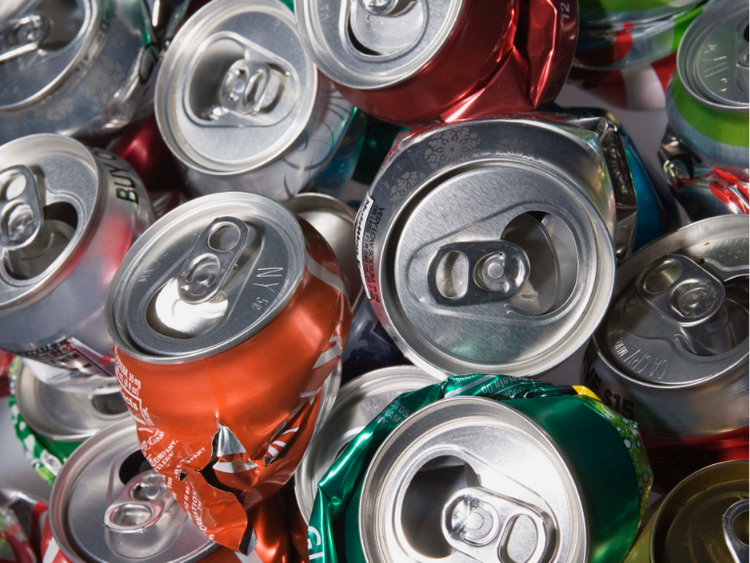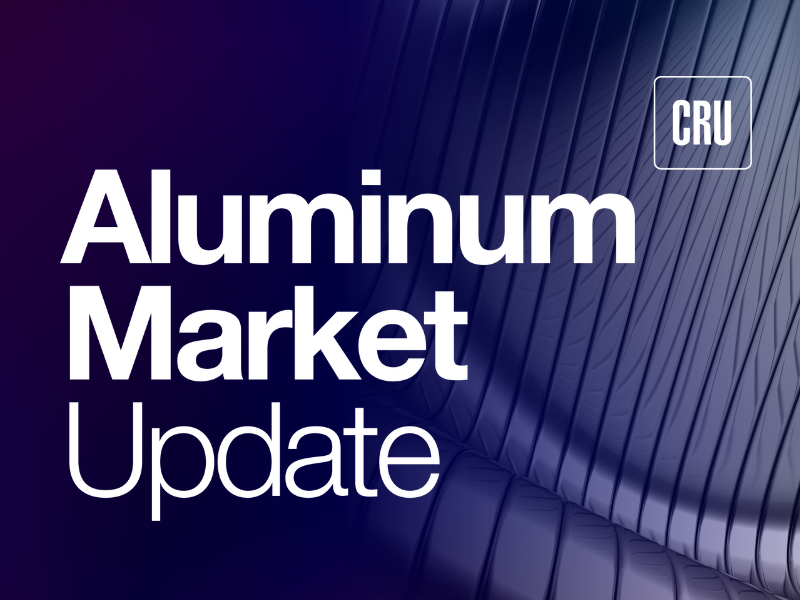AMU

February 7, 2025
Wittbecker on Aluminum: Thoughts on Waste Management's earnings
Written by Greg Wittbecker
Waste Management (WM)released its Q4’24 and full-year 2024 earnings on Jan. 29, when it reported adjusted EBITDA up over 10% for the year at $6.56 billion and reported a 30% margin for the first time in history on its legacy business, which comprises collection, disposal, and recycling.
Collection and disposal continue to be the cash cow for WM, with this segment generating net operating revenue of $19.7 billion or 89.3% of revenue. Recycling processing and sales contributed $1.6 billion or 7.3% of total revenue.
We always knew that collecting solid waste and burying it in big holes in the ground was a lucrative business. These numbers validate that. The question is how we shift some of that emphasis to recycling, which is badly needed.
Key takeaways on recycling
The company expects to begin generating higher operating EBITDA from its past investments in recycling automation and growth projects.
EBITDA of $53 million in 2024 is expected to rise to $120 million-$130 million in 2025 and more than double in 2026 to $250 million-$260 million. Guidance for 2027 is $290 million-$300 million.
Capex in the segment will decline from $443 million in 2024 to $65 million-$85 million in 2026 as the company moves from aggressive growth capitalization to “harvesting” those investments.
The company’s 2025 forecast for EBITDA is predicated on an average single stream commodity package (e.g., aluminum/steel-old corrugated cardboard, plastics, mixed paper) of $85 per short ton. And 2026 sees an aggressive revenue increase of $125 per short ton, or 47%.
WM’s sensitivity analysis says that for every $10 per short ton change in the commodity package, there is a $25 million impact on EBITDA.
Aluminum remains the linchpin behind single stream recycling
Aluminum has always been the economic driver behind single-stream curbside collection. Although it represents only 2.7%-3% of the total material generation (paper at 40%, cardboard at 14%, steel 3%, plastics the rest), aluminum represents about 50% of the revenue stream.
Aluminum’s outsized influence on that aggregate commodity package price is one of the reason’s that US curbside operators such as WM, Republic, Waste Connections and Casella get alarmed by the threat of new deposit legislation.
Why curbside recyclers fear deposit
Curbside recyclers believe the introduction of deposit legislation in states that they operate in would divert the aluminum into redemption centers. This would reduce their revenue stream and turn their material recycling facilities (MRF) into the red. There is some logic in that argument.
However, the available data on recycling rates and MRF within the existing deposit states offers some intriguing arguments that might change opposition.
The table below shows the redemption rates in the 10 existing deposit states. Clearly the $.05 per can deposit in nine states and $.10 in one (Michigan) are not enough of a financial incentive for people to turn the cans in for the deposit.
| State | Redemption Rate (%) | Unredeemed Deposit Recipient |
| California | 77 | 100% state |
| Connecticut | 47 | 45% state, 55% beverage distributors |
| Hawaii | 55 | 100% state |
| Iowa | 62 | 100% beverage distributors |
| Maine | 83 | 100% state |
| Massachusetts | 74 | 100% state |
| Michigan | 76 | 75% state, 25% beverage retailers |
| New York | 61 | 80% state, 20% beverage distributors |
| Oregon | 82 | 100% beverage distributors |
| Vermont | 59 | 100% state |
Source: Ball 50 States of Recycling 2021
It is important to note that many MRF operate within these 10 states now. In fact, the largest MRF in the US is operated by Sims Recycling in Brooklyn. Eight of the top 20 largest MRF in the US and Canada operate within deposit environments. They are surviving just fine.
Why are they able to co-exist? The simplest reason is the consumer is too lazy to take their cans back to redemption centers for the $.05-.10 deposit refund. The redemption rates above only capture what is redeemed for deposit, not what be captured by the MRF in these states through curbside, single stream programs. MRF in these states are clearly getting enough aluminum back to underwrite their entire curbside programs or else they would not be operating them.
Unredeemed deposits are the key to eliminating MRF opposition
Here is where this gets interesting for both incumbents in deposit states and possible new states.
The table above shows who gets to keep the unredeemed deposits. It is the states, and, in some cases, the distributors. That’s “serious found money.” Here is some perspective. It is estimated that the California Beverage Container Fund holds $819 million in unredeemed deposits. That represents the equivalent of nearly 250,000 metric tons of aluminum.
Now, imagine the following idea. What if a core tenet of any new deposit bill allowed the MRF operators in each state to claim the deposit back for what came through their system via curbside programs? That $.05 per can or $1.50 per pound would bump up revenue enormously. Used beverage containers today are worth $1.13-1.15 per pound based upon their intrinsic value. A MRF operator would not only earn the intrinsic value but also this $1.50 for the deposit.
This “super-charging” of revenues would allow MRF to potentially expand the scope of their curbside services to more communities in each state and increase recovery.
Allowing MRF to claim unredeemed deposits is an effective way to defuse single stream operator opposition and get badly needed deposit legislation expanded into states with high population and can consumption.
Editor’s note
This is an opinion column. The views in this article do not necessarily reflect those of SMU. We welcome you to share your thoughts as well at info@steelmarketupdate.com.



